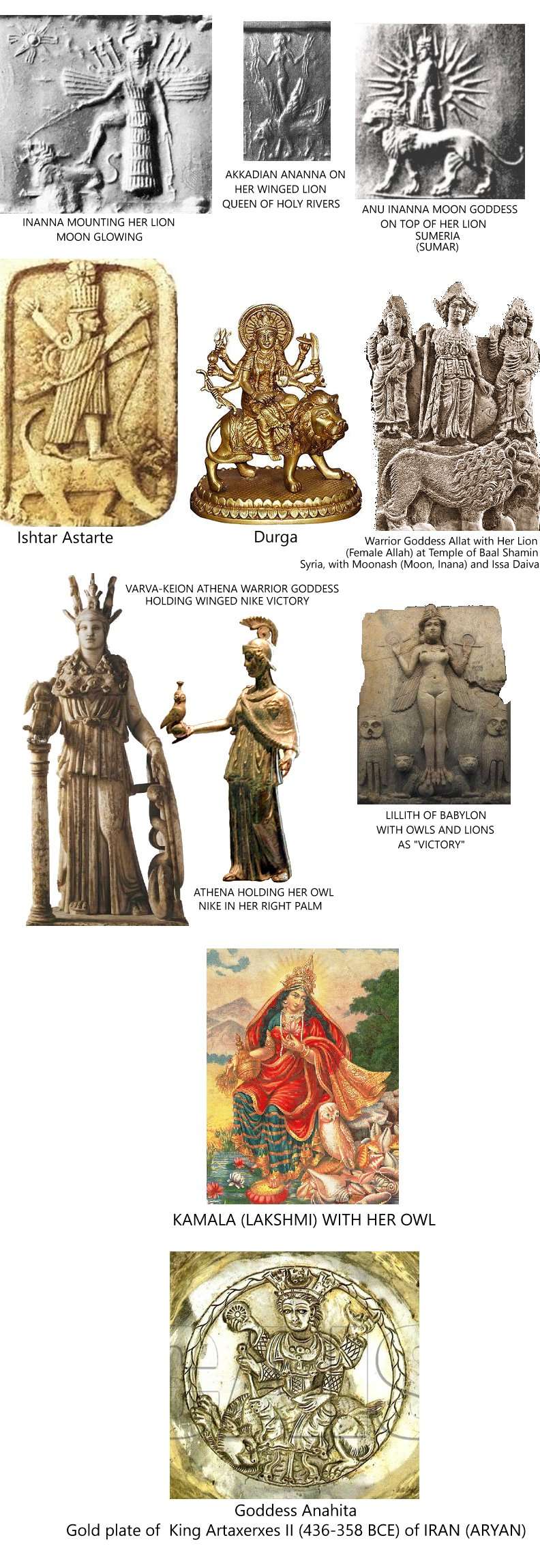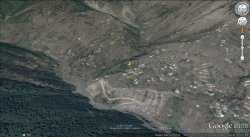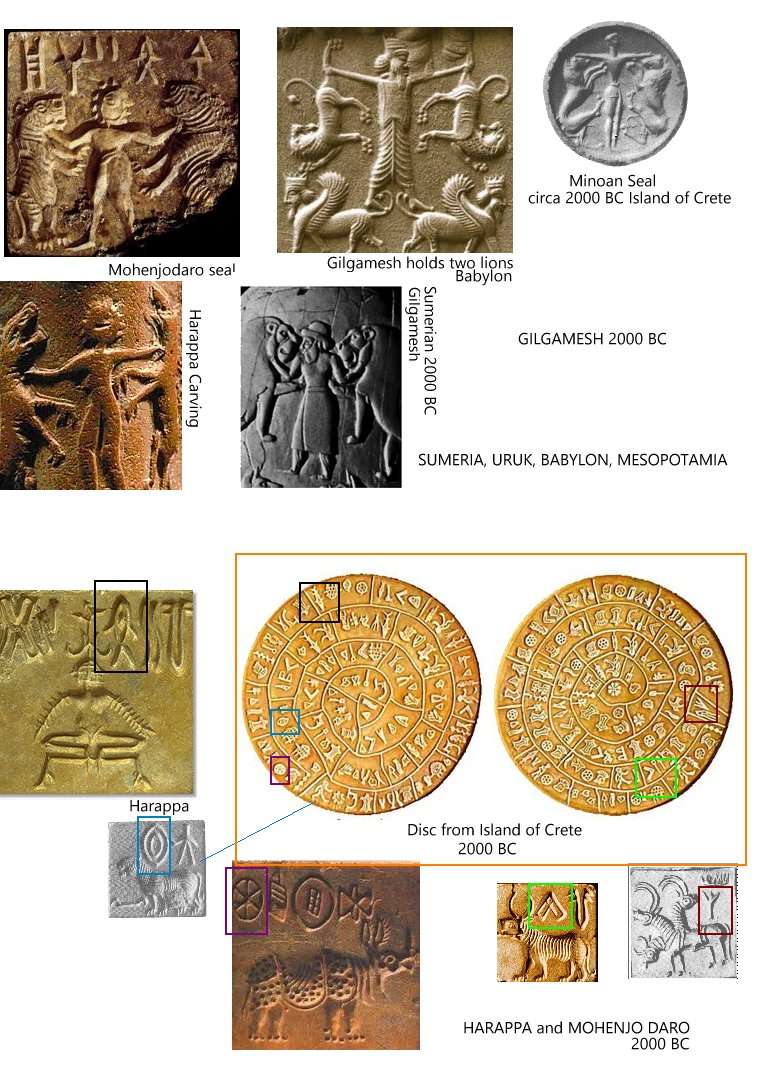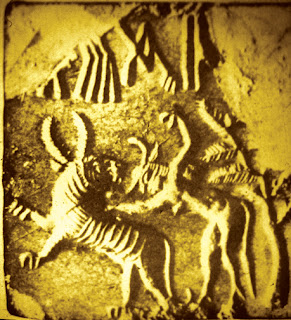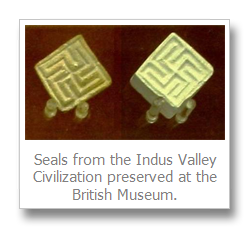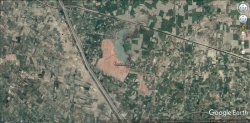Rakovsky
Active Member
The Indus Valley Civilization is one of the world's oldest, lasting from prehistory to 1500 BC. It had a huge population spread along the Indus river and neighboring regions in modern Pakistan and northwest India. Scholars tend to think it was basically Dravidian in its main language and that it basically preceded the coming of IndoEuropeans, who arrived as Arians. Yet scholars are hardly unanimous on these points. Nor have they agreed on a decipherment of its alphabet, although a few have claimed success in their own efforts, which is disputed.
They do agree that Hinduism is at least a version of continuation of Indus religion. Can we establish what any of their deities were?
The "Hindu website" (http://www.hinduwebsite.com/history/indus.asp) proposes:
The ancient.eu website proposes a more specific identification of one of the figures with the male Shiva, after mentioning the suggestion that the proposed mother goddess symbolized fertility:
Let me make a few comments - I have read an alternative theory by Dubyansky that this figure on the tablet is not a proto-Shiva. He says that Shiva, although associated with a bull, is not depicted with horns as a human. His alternative theory is that this was a local non-Aryan Indus deity who got changed and absorbed into the Hindu pantheon after the Aryan conquest. One possibility he considers is that this was actually the deity Mhasoba associated with a bull, or else it was a deity who became remythologized as a bad asura, namely the Bull-Asura Mahishasura who fought Indra, the famous Indo-european god.
The site further comments on the surrounding animals:
Next, it associates this figure not just with Shiva, but with Shiva- Pashupati in particular:
I am eager to continue this conversation, so please write back with your ideas.
They do agree that Hinduism is at least a version of continuation of Indus religion. Can we establish what any of their deities were?
The "Hindu website" (http://www.hinduwebsite.com/history/indus.asp) proposes:
I think scholars might be able to do better than just assert that they worshiped a mother goddess, which is as far as this goes. It seems to me that we might be able to compare mother goddess statuettes from the Indus with goddesses of Hinduism and reach an educated guess. Also, I don't know how it knows that they worshiped a "father god". It doesn't seem obvious to me from the tablets I've seen that this was their understanding of one of the gods. It seems rather to me that this is a guess by the author.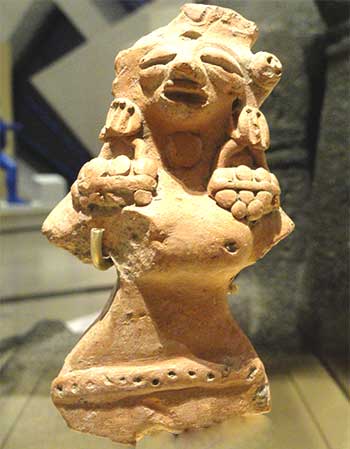
Indus people probably worshipped Mother Goddess, in addition to male and female deities. They worshiped a father God who might be a progenitor of the race and probably was a prototype of Siva as the Lord of the Animals...
They believed in some kind of a tree of life, which is depicted in the seals as a Pipal or Acasia tree, defended by a guardian spirit against an evil force symbolized as a tiger. In seals, the guardian spirit is depicted variously as a bull, a snake, a goat, a mythical creature or animal. They worshiped fertility symbols such as round stones and pierced stones, a practice that probably preceded the worship of Siva and parvathi in the form Sivalinga.
According to Prof Spyridon Marinatos the Indus civilization was probably similar to that of ancient Greece. Both worshiped Mother Goddess and the Bull played an important role in their religious lives.
The ancient.eu website proposes a more specific identification of one of the figures with the male Shiva, after mentioning the suggestion that the proposed mother goddess symbolized fertility:
http://www.ancient.eu/article/230One famous seal displayed a figure seated in a posture reminiscent of the lotus position, surrounded by animals. It came to be labelled after Pashupati (lord of beasts), an epithet of Shiva. The discoverer of the Shiva seal (M420), Sir John Marshall and others have claimed that this figure is a prototype of Shiva, and have described it as having three faces, seated on a throne in a version of the cross-legged lotus posture of Hatha Yoga. Yogi's p---- is erect... The precise placement of both heels under the ------- is an advanced Tantric Yoga technique known as Bandha, meaning knot or lock. It is normally used to sublimate and redirect sexual energy and can endow the practitioner with spiritual powers.
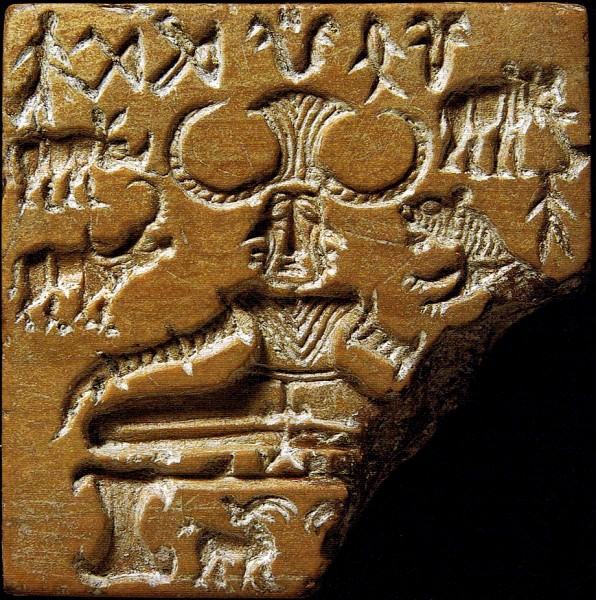
Shiva Pashupati
Let me make a few comments - I have read an alternative theory by Dubyansky that this figure on the tablet is not a proto-Shiva. He says that Shiva, although associated with a bull, is not depicted with horns as a human. His alternative theory is that this was a local non-Aryan Indus deity who got changed and absorbed into the Hindu pantheon after the Aryan conquest. One possibility he considers is that this was actually the deity Mhasoba associated with a bull, or else it was a deity who became remythologized as a bad asura, namely the Bull-Asura Mahishasura who fought Indra, the famous Indo-european god.
The site further comments on the surrounding animals:
Let me note a competing theory - another one I read is that each of the four animals represents some major part of the world, so that here the god's rulership over the world is symbolized. That is, the intent was not just to depict rulership over India.A large tiger rears upwards by the yogi's right side, facing him. This is the largest animal on the seal, shown as if warmly connected to the yogi; the stripes on the tiger's body, also in groups of five, highlight the connection. Three other smaller animals are depicted on the Shiva seal. It is most likely that all the animals on this seal are totemic or heraldic symbols, indicating tribes, people or geographic areas. On the Shiva seal, the tiger, being the largest, represents the yogi's people, and most likely symbolizes the Himalayan region. The elephant probably represents central and eastern India, the bull or buffalo south India and the rhinoceros the regions west of the Indus river.
Next, it associates this figure not just with Shiva, but with Shiva- Pashupati in particular:
I agree that the yoga position can be a suggestion of yoga's role in Indus society. The thing is, even if we accept an Aryan invasion scenario in 2000-1500 BC, it's still noticeable that yoga is special to India, whereas then-current meditation among other Indo-European peoples does not seem to have reached the same amount or spread, even though of course shamanism existed.The most important depiction of an imagined Hinduism god is seal number 420. .... The deity is wearing a headdress that has horns, the shape being reminiscent of the crescent moon that modern image of Siva shows on his forehead. What are thought to be linga stones have been dug up. Linga stones in modern Hinduism are used to represent the erect male phallus or the male reproductive power of the god Siva. But again, these stones could be something entirely different from objects of religious worship. Even today, Siva is worshiped in both human form and that of the phallus. The deity sitting in a yoga-like position suggests that yoga may have been a legacy of the very first great culture that occupied India.
http://www.ancient.eu/article/230/
I am eager to continue this conversation, so please write back with your ideas.

